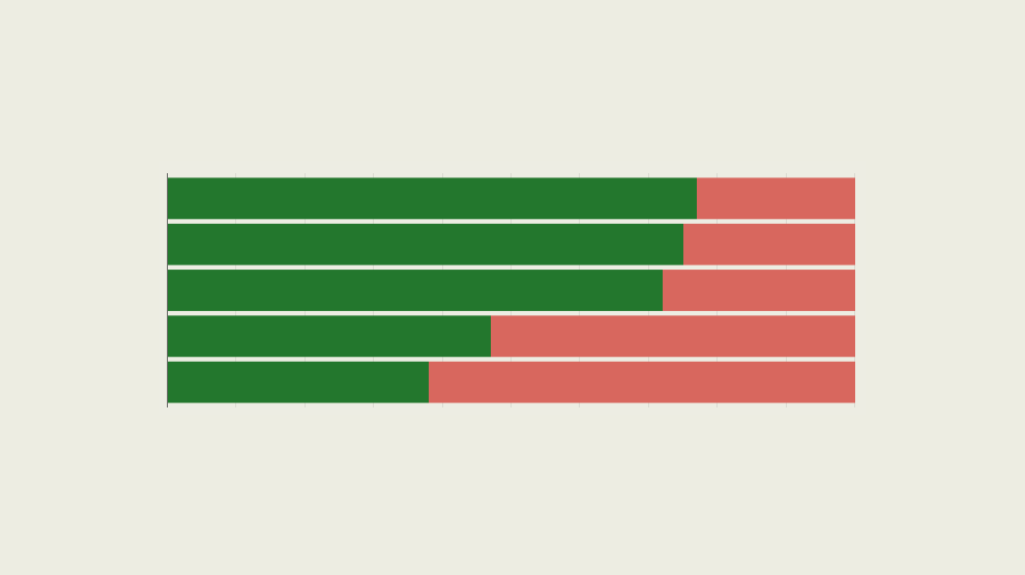Social Inclusion and the Next Generation: Building Opportunities for At-risk Youth
Social Inclusion and the Next Generation: Building Opportunities for At-risk Youth
Americas Society and Viva Rio partnered for a discussion on how Rio’s government and civil society can create opportunities for youth mobility in the city’s favelas.
Keynote Speaker:
- Ricardo Henriques, President, Instituto Municipal de Urbanismo Pereira Passos
Introduction:
- Jason Marczak, Director of Policy, Americas Society and Council of the Americas
- Mayra Jucá, Communications Coordinator, Viva Rio
Panelists:
- Leiriana Figueiredo, Executive Coordinator, Instituto Reação
- Maria Lúcia Telles, Superintendent, Serviço Social da Indústria-Rio de Janeiro,
Regional Director, Serviço Nacional de Aprendizagem Indústrial-Rio de Janeiro - Paulo Rogério, Founder, Instituto Mídia Étnica
- Teca Pontual, Project Manager, Ginásio Carioca; Vice-Secretary, Secretariat of Education for the Municipality of Rio de Janeiro
- Julia Michaels, Editor, Rio Real Blog (moderator)
Summary
Americas Society partnered with Viva Rio—a Rio de Janeiro-based nongovernmental organization—to host a discussion on how government and civil society in Rio de Janeiro can create opportunities for at-risk youth, especially in crime-ridden and pacified areas. The event was carried out as part of Americas Society’s Social Inclusion Program, which, with funding from the Ford Foundation, is working to strengthen the voice of marginalized groups by presenting new research and promoting fresh debate on how the public and private sectors can address systemic challenges to social inclusion.
Ricardo Henriques of the Instituto Pereira Passos, Rio’s independent urban planning institute that operates as part of the Municipal Development Secretariat, delivered keynote remarks. The panel discussion built off his citywide integration assessment to look at policing efforts and socioeconomic mobility opportunities in Rio’s favelas. With the city gearing up to host the 2014 World Cup and the 2016 Olympic Games, security and integration of historically marginalized favela populations has become a top concern for the building of a world-class city.
Integrating Marginalized Communities through their Youth
Ricardo Henriques, whose institute coordinates the provision of social services tied to the Pacified Police Unit, stressed in his keynote remarks that young people should not be seen only as beneficiaries of new services. Instead, programs seeking to consolidate peace and foster development through education, professional training, and extracurricular activities need to consider the important role young people play in the day-to-day workings of their communities. He stressed this by referring to remarks made years ago by Rubem César Fernandes, executive director of Viva Rio: “You can't take young people for granted. We have to design public policy that is attractive and appealing to them; if we don't, our initiatives will probably not be very effective."
Henriques continued by saying that the most successful public policies would be those that take advantage of the energy and creativity of young people. He highlighted the example of a 14-year-old who announced via Twitter that his neighborhood was being occupied by the military.
Overall, Henriques described the pacification process as one that "redefines" the role of the state and of public policies in communities where drug gangs and/or militias have traditionally held power. "It's absolutely fundamental that public policy understands the context of what it means to spend all these years under the control of armed gangs or militias. Our success depends on how we tailor our programs to these young people."
Now is the Time for Change
There are many initiatives that create new opportunities for young people in marginalized communities—not only in Rio de Janeiro but throughout the region. “Today, there is more investment and priority placed on community policing in the favelas, which brings with it a greater sense of citizenship," said Viva Rio’s Mayra Jucá. She compared present initiatives to earlier efforts, such as the Special Areas Policing Groups, a promising initiative was abandoned. Jason Marczak outlined Rio’s countless future prospects, noting that: “Greater social inclusion in the city is very important—especially for historically marginalized youth—and it will bring long-term benefits to Brazil."
Creating Opportunities throughout Brazil
The panel focused on initiatives the public and nonprofit sector can develop to address Brazil’s marginalized communities. Leiriana Figueiredo of Instituto Reação stressed the importance of different groups working together, adding that: “We also need to not forget the non-pacified favelas.” Figueiredo and Teca Pontual of Rio’s education department both talked about the ability of sports to engage youth and reduce violence.
Youth employment opportunities in favelas, where residents have no traditional access to the formal labor market, are a key focus of organizations like SENAI. Its regional director, Mariana Lúcia Telles, discussed the importance of preparing underserved communities for the formal workforce. She cited a pilot program in Providência, Rio's oldest favela, where SENAI meets with young people to develop a curriculum for professional training programs. Emphasizing the importance of feedback, Telles said that the organization hires individuals in the community to open communication between service providers and beneficiaries.
However, the historical context of reintegration into Brazilian society should not be overlooked. Paulo Rogério of Bahia-based Instituto Midia Étnica emphasized this point: “As things stand, it will be difficult to reach a sustainable level. We have areas in Brazil with human development indices comparable to Norway, and others on par with India." He said Instituto Midia Étnica works to change the way marginalized communities see themselves and are seen by others. Examples of how this is possible include media portrayals, job creation, and cultural activities.







